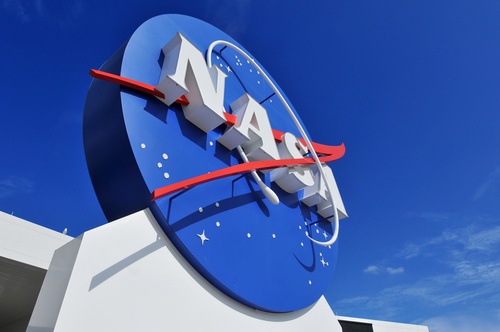Key Takeaways:
– The future of US space exploration is uncertain with Trump’s return to office.
– The nomination of billionaire space adventurer Jared Isaacman as the new NASA head has raised eyebrows.
– The second Trump administration is likely to ramp up human and commercial space flight.
– The Trump administration’s space exploration focus may favor the moon and Mars, with the future of astronomy and pure space science less certain.
– The fate of SpaceX’s Starship and NASA’s Space Launch System (SLS) could be impacted by forthcoming policies and funding decisions.
The upcoming period of US space exploration enters unchartered territory as Donald Trump gears up to retake the presidential office. A cloud of uncertainty looms over the future of NASA, as well as the direction of human space travel. Influences and priorities of Elon Musk, the billionaire behind SpaceX and close presidential advisor, and Jared Isaacman, the newly appointed head of NASA, are key factors contributing to this ambiguity.
Shifts in Space Exploration Objectives
The course of US space exploration has historically swayed with changes in the presidential administrations. George W. Bush directed efforts towards lunar landings, a project later scrapped by Barack Obama in favor of asteroid-centric missions. Trump, during his former presidency, returned the focus to lunar exploration under the Artemis program.
Questions are now arising on how the astronauts under the Artemis III mission are expected to reach the moon in 2027. Initially planned to launch aboard the NASA’s Space Launch System (SLS), the project could see changes due to the prolonged delays and escalating budgets involved with SLS – an aspect of government inefficiency criticized by Isaacman.
However, retiring the SLS may not be an immediate course of action as it has already completed a successful mission and is lined up for the next Artemis launch in 2026.
Potential Shift towards Mars
Historically, Mars has consistently been the end-goal of NASA’s exploration plans. With Musk’s outspoken ambition to send humans to Mars and Trump’s endorsement for accelerated Mars missions during his campaign, this vision could translate into a more immediate agenda under the incoming administration. In contrast, NASA’s existing plans for the Mars Sample Return program possibly face an uncertain future due to previous budget cuts.
Increased Activity in Low Earth Orbit
Elon Musk has been influential in low Earth orbit through SpaceX’s Starlink project that aims to provide global internet access. With Musk scheduled to lead the new Department of Government Efficiency under the Trump administration, concerns arise over potential conflicts of interest between governmental and private roles. This setup might lead to eased regulations on environmental and launch requirements, allowing for more satellites and competitive launches.
Contrarily, there are concerns over SpaceX holding a monopoly over private human spaceflight. However, emerging companies such as United Launch Alliance and Blue Origin are preparing to challenge SpaceX’s dominance with their own heavy-lift vehicles.
The Future of Space Science
The nomination of enthusiast Jared Isaacman has been warmly received by the astronomy community. His pro-science stance is expected to be beneficial for the field. However, anticipated funding cuts across the board could impede progress. In particular, projects studying Earth and its climate, previously targeted for cuts by Trump during his first term, are at risk.
The focus of NASA’s priorities in the coming years remains unpredictable. While commercial launches could provide cost-effective mission opportunities, the human spaceflight focus might shift scientific use. Studying the moon from telescopes on its surface is one idea being explored, although research projects vying for NASA opportunities might need to justify their contributions to national priorities beyond scientific discovery.
As Trump’s second term unfolds, the space exploration landscape stands to witness marked changes. The priorities and shifts of this period will be crucial in shaping the future of not just US space exploration, but global space science and travel as a whole.
